Phenomenal Exotic Animals in Latin America
21 December, 2022South America is a continent with a variety of natural and climatic zones, from glaciers to deserts, and is home to hundreds of thousands of species of wildlife as well as the largest rainforest in the world. A wide range of unusual creatures, some of which have developed in relative isolation, make up South America’s animal and plant diversity. The Isthmus of Panama, which was created just a few million years ago, gave species from South and North America a tiny migration route. The diverse South American fauna is listed and briefly summarized here, divided into the following categories: mammals, amphibians, reptiles, birds, insects, and fish.
Poison frogs or tree frogs
Never touch the adorable tiny frogs in the rainy jungles of Central and South America; they are dangerously deadly. For instance, the Golden Treefrog, which is barely 5 cm long, has enough venom to kill 10 adults.
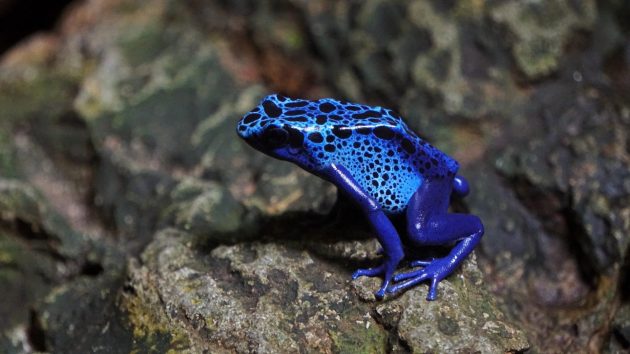
Local tribes once employed the poison of these frogs to lubricate the ends of their arrows.
Jaguar
The jaguar (Panthera onca) is the only member of the panther genus to exist in North and South America. It is a vast predatory animal. The jaguar’s current range extends from Mexico and the southwest United States to Paraguay and northern Argentina.
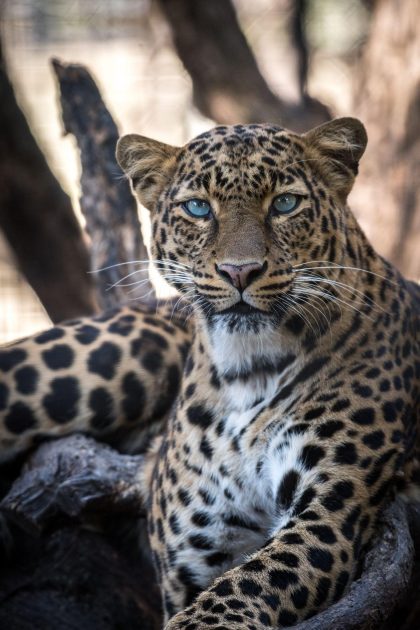
Jaguars can be active at any time of day, although they are most active in the evening and early in the morning. They typically nap during the day. Jaguars often relax in areas with heavy shade, thick vegetation, caverns, or behind big rocks. Additionally, they take a nap beside riverbanks, and during the rainy season, they are compelled to sleep in trees. Jaguars are very reliant on water, particularly during the dry season when they must avoid it. With the exception of the breeding season, they are solitary creatures.
The keeping of a jaguar as a pet is quite risky. But you can always acquire a stunning cat. Simply pick a breed that complements your appearance and personality. Be cautious and insist on seeing the pet’s original papers, and don’t forget to conduct a cat breed test before making a purchase.
Jaguars are seriously threatened by humans. Due to their pelt, paws, and fangs, they pose as poaching victims. Jaguars are often successful hunters despite human discovery due to their stealth.
Banana spider, often known as the Brazilian Wandering Spider
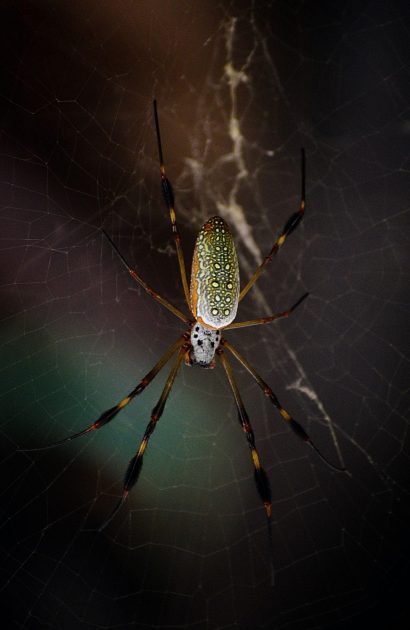
Due to its role in the most fatal spider bites on humans, this spider was listed in the 2007 Guinness Book of World Records. The fact that these spiders are deadly not just because of their venom but also because of how they behave—they move around on the ground and hide in buildings, clothes, shoes, and cars—significantly increases the chance of unintentionally coming into contact with them and getting bitten.
Tarsier
Because of the fact that they have not significantly changed over the past 45 million years, zoologists worldwide refer to these extremely unusual species as living fossils.
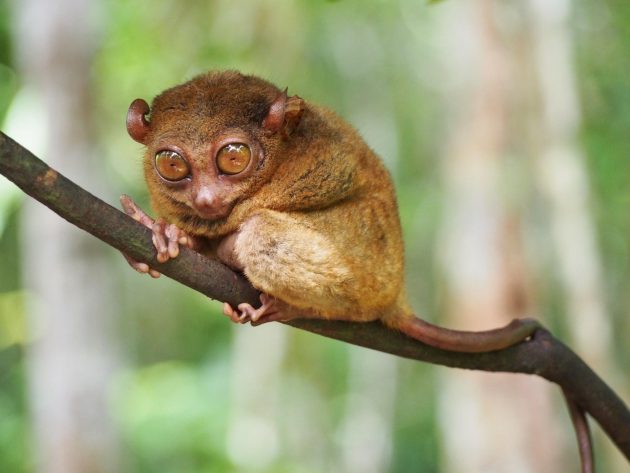
The tarsier is one of the strangest animals in the world because of its enormous eyes, which are 1.5 cm in diameter on either side of its tiny body. Rare animals with huge visual organs can see clearly in the dark. Dartmouth College researchers also found that strange creatures may transmit and receive ultrasonic messages in 2012.
The Highland Camel is also known as a guanaco
The largest ruminant in South America and one of the rarest creatures on earth is the camel, despite its proportions being more like those of an antelope or a deer.

The guanaco can survive at heights up to 5,500 meters above sea level thanks to its highly evolved respiratory system, whereas many other animals struggle to breathe in such thin air. Furthermore, these unusual species seem out of place below 3,000 meters.
A dwarf anteater
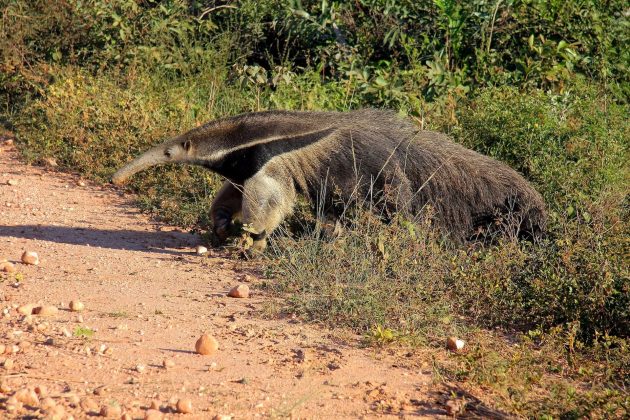
The dwarf anteater is the smallest member of the genus; its tail, which is 18 cm in length out of a total length of 36–45 cm, greatly aids in its ability to climb trees. These unusual animals of the planet can also frighten off adversaries thanks to a specific secret. Scientists at the University of California, Berkeley identified their odor as one of the six most repulsive, and it is five to seven times stronger than the skunk’s.
Aardwolf
Although it is a member of the hyena family, this animal is twice as large as real hyenas. Its body length is only 55–95 cm and its height is 45–50 cm.
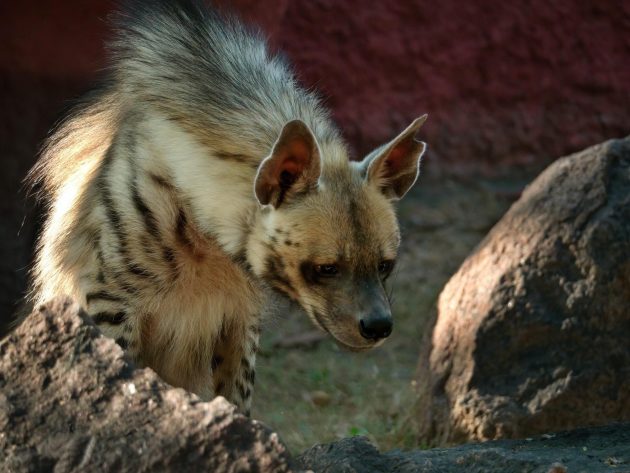
The ground wolf often spends the day hiding in its burrows and hunts at night. He consumes termites rather than carrion, in contrast to hyenas. He consumes between 200,000 and 300,000 insects each night!
Conclusion
There are actually a lot more strange and amazing species in the world, but it would be difficult to rate them all.
More than 3 species each hour, more than 70 per day, and more than 26,000 per year go extinct. So please treat animals with love and respect.
Follow Sounds and Colours: Facebook / Twitter / Instagram / Mixcloud / Soundcloud / Bandcamp
Subscribe to the Sounds and Colours Newsletter for regular updates, news and competitions bringing the best of Latin American culture direct to your Inbox.

